Moscow is a city layered with history, a vibrant metropolis whose surface beauty—the Kremlin, Red Square, and ornate metro stations—only hints at the compelling narratives hidden beneath. For those drawn to the secretive chapters of the 20th century, Exploring Moscow’s Underground Bunkers offers a chillingly unique perspective on the geopolitical tensions of the Cold War. These subterranean fortresses, carved deep beneath the city’s foundations, were designed not merely as shelters, but as fully functional command centers intended to ensure the continuity of Soviet government in the face of a catastrophic nuclear conflict.
The very existence of these deep-level structures speaks to the profound strategic importance of Moscow during the Soviet era. While many remain classified, a select few have been declassified and transformed into immersive museums, allowing visitors to descend into a world of secrecy, austerity, and Cold War paranoia. The experience of Exploring Moscow’s Underground Bunkers is a journey into an era of existential threat, offering a tangible connection to the technological and psychological preparations made for a global war that thankfully never came.
Bunker-42: The Museum of the Cold War
The most famous and accessible of Moscow’s underground fortifications is Bunker-42 on Taganka. Its history and purpose make it a pivotal destination for understanding the city’s military past.
- A Strategic Command Post: Located 65 meters (over 200 feet) below ground, Bunker-42 was completed in the mid-1950s. It was designed to withstand a direct atomic blast and served as an alternative command center for the Soviet Long-Range Aviation. Its initial purpose was to coordinate retaliatory strikes using long-range bombers, maintaining communication lines deep underground.
- The Descent and Atmosphere: The journey down is part of the experience, often involving a high-speed descent in an elevator or a lengthy walk down a series of stark, concrete stairwells, each segment sealed by a massive, reinforced steel blast door. Once inside, the atmosphere is austere, functional, and deeply evocative, characterized by the preserved command centers, communication rooms, and long, dimly lit corridors.
- Immersive Exhibits: Today, the bunker functions as the Museum of the Cold War, featuring interactive exhibits, including mock launch sequences for nuclear missiles and historical reenactments. Exploring Moscow’s Underground Bunkers at this site is highly educational, providing clear context on the arms race and the doctrine of Mutually Assured Destruction (MAD).
The Unseen Network: Metro-2 and Secret Tunnels
Beyond the official museum sites, the mystery surrounding Moscow’s deeper, unconfirmed subterranean network adds a layer of persistent intrigue.
- The Legend of Metro-2: The most famous persistent rumor is the existence of “Metro-2,” a supposed secret, deep-level parallel metro system. Allegedly constructed in parallel with the public Metro during the Stalin era, this network is rumored to connect key strategic sites—the Kremlin, the Ministry of Defence, and other high-security government facilities—to protected command bunkers far outside the city limits. Although its existence has never been officially confirmed by Russian authorities, it has been widely hinted at by former officials and military personnel.
- Dual-Purpose Metro Stations: The public Moscow Metro itself is integral to the city’s civil defense strategy. Many of the deep-level stations were constructed with a dual purpose: magnificent palaces for the people by day, and massive, self-contained bomb shelters by night. Features like massive blast doors at tunnel entrances, advanced air filtration systems, and provisions for long-term self-sufficiency highlight the comprehensive nature of Soviet planning. These stations are, in a sense, open-access bunkers.
The experience of Exploring Moscow’s Underground Bunkers—from the confirmed, operational reality of Bunker-42 to the enduring mystery of Metro-2—offers a powerful, palpable connection to the anxieties and monumental engineering achievements of the Soviet period. It is an essential component of the Moscow narrative, revealing the city as a historical palimpsest whose most dramatic stories lie hidden beneath its streets.

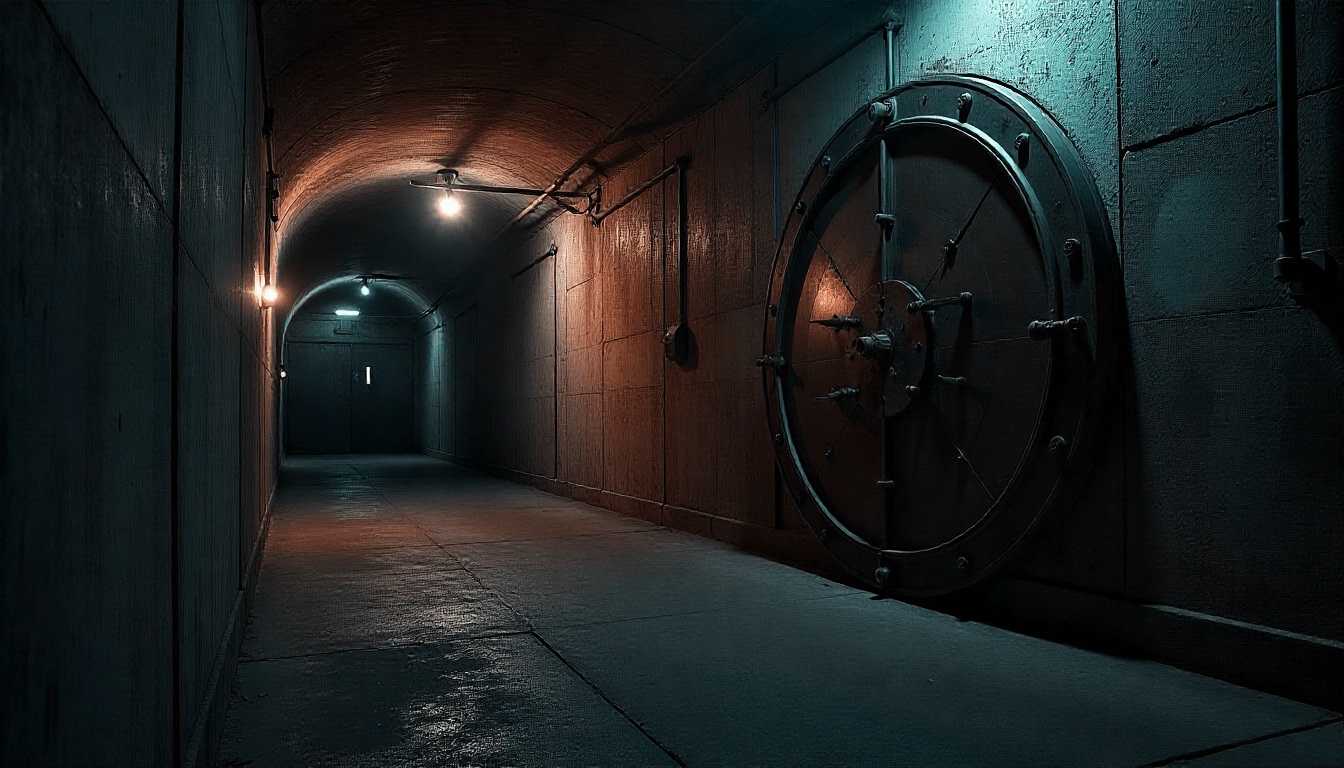 History and Mystery: Exploring Moscow’s Underground Bunkers – A Cold War Legacy">
History and Mystery: Exploring Moscow’s Underground Bunkers – A Cold War Legacy">

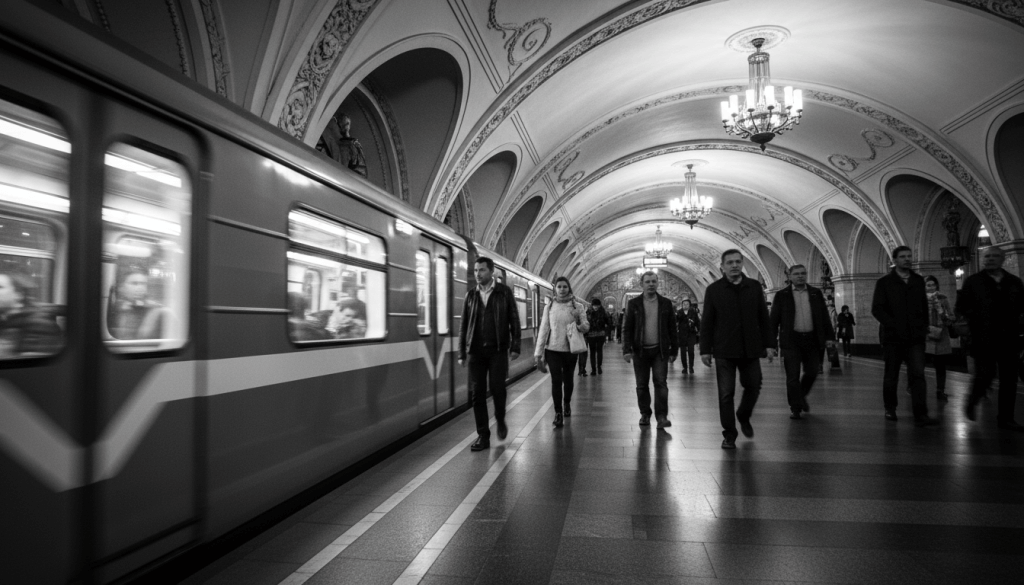 Underground Grandeur: Navigating Moscow’s Metro System Tips for Newcomers">
Underground Grandeur: Navigating Moscow’s Metro System Tips for Newcomers">
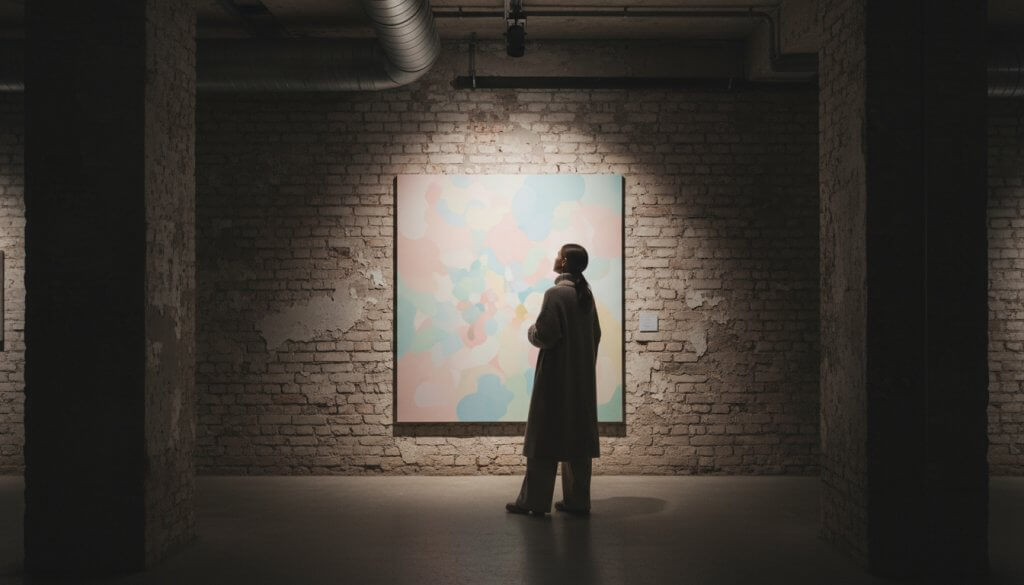 ">
">
 How to Use Technology to Enhance Your Moscow Trip">
How to Use Technology to Enhance Your Moscow Trip">
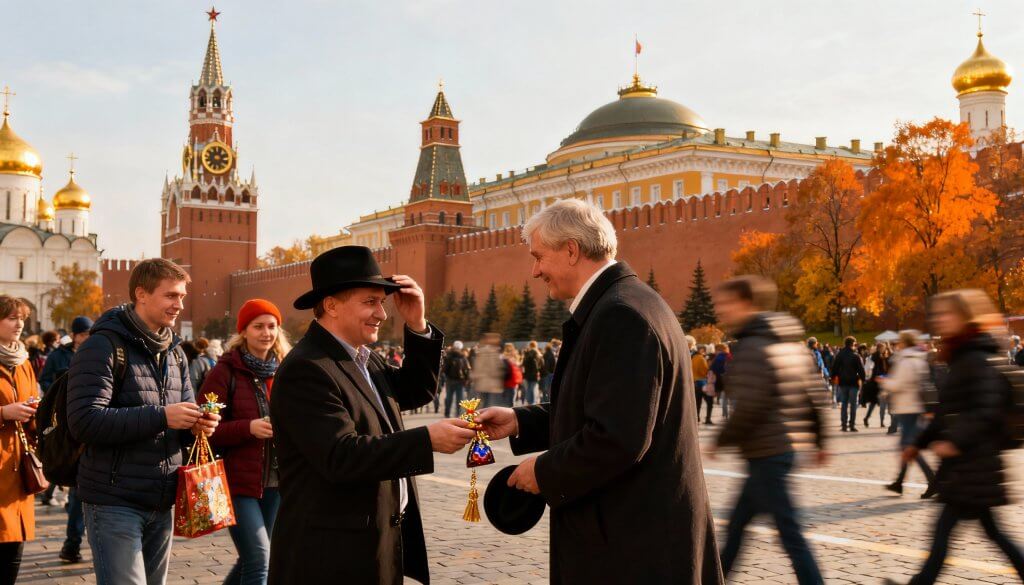 Cultural Etiquette in Moscow: A Guide for Foreign Visitors">
Cultural Etiquette in Moscow: A Guide for Foreign Visitors">
 Local Markets and Where to Buy Authentic Russian Souvenirs: A Treasure Hunt in Moscow">
Local Markets and Where to Buy Authentic Russian Souvenirs: A Treasure Hunt in Moscow">
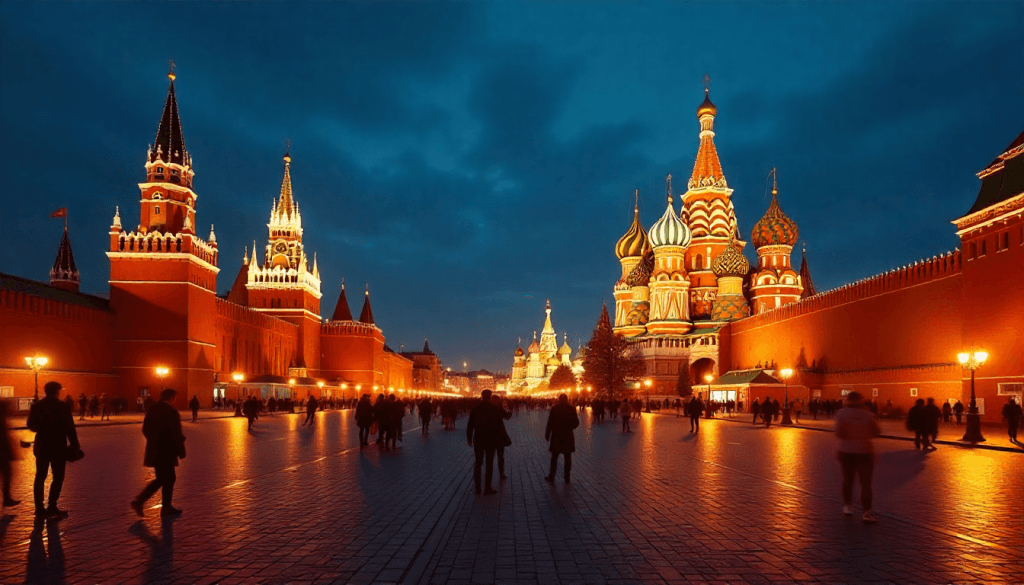 How to Enjoy Moscow in Autumn: Festivals and Must-See Spots">
How to Enjoy Moscow in Autumn: Festivals and Must-See Spots">
 Moscow’s Literary Cafes: A Cultural Experience for Book Lovers">
Moscow’s Literary Cafes: A Cultural Experience for Book Lovers">
 Pet-Friendly Moscow Guide: Where to Go with Your Furry Friends">
Pet-Friendly Moscow Guide: Where to Go with Your Furry Friends">
 How to Plan a Rainy Day in Moscow: Top Indoor Attractions">
How to Plan a Rainy Day in Moscow: Top Indoor Attractions">
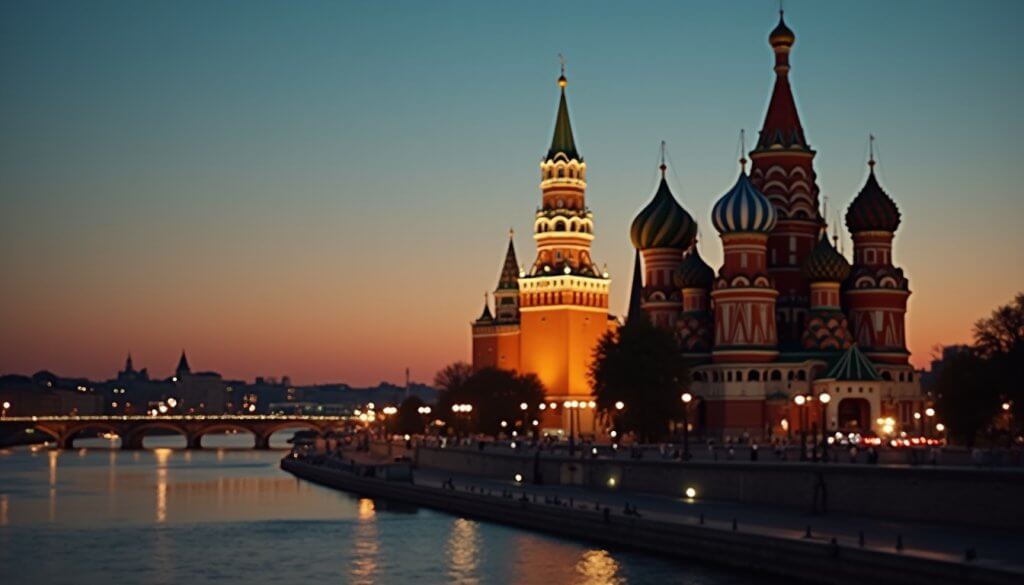 Exploring Moscow’s Architectural Styles from Tsarist to Modern">
Exploring Moscow’s Architectural Styles from Tsarist to Modern">